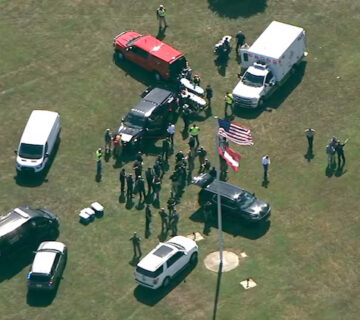What does ABA therapy look like?
ABA treatment approaches are not one-size-fits-all. Plans are designed by a qualified BCBA
who evaluates the autistic person’s unique needs, skills, preferences, interests, challenges and
family situation.
The BCBA uses this information to create goals and an intervention plan. This plan is then
delivered by a licensed professional, such as a registered behavior technician (RBT) or board-
certified assistant behavior analyst (BCABA). Generally referred to as a behavior therapist, this
is the person who usually runs the therapy sessions, with guidance from the BCBA.
In therapy, the BCBA works with the autistic person and their care team to identify a goal and
break it down into small parts. For example, learning to wash hands may be broken down into
these steps:
- Turning on the faucet
- Wetting hands
- Picking up the soap
- Lathering hands
- Rinsing hands
- Turning off the faucet
- Drying hands with a towel
Each step that is performed successfully is followed by a positive response, such as a reward or
natural reinforcer in the environment. Unwanted behaviors are generally ignored and the person
is redirected toward the practice skill. Rewards differ depending on the person and their interest,
but can include things like praise, a toy or book, or TV time. Positive reinforcement and
repetition are the main tools of ABA practitioners. Punishment should never be used as a tool to
draw out a desired behavior.
Progress is measured by collecting data in each therapy session. The therapist regularly meets
with family members to review information about progress. If the patient does not show
progress, the ABA therapist can adjust teaching plans as needed.




